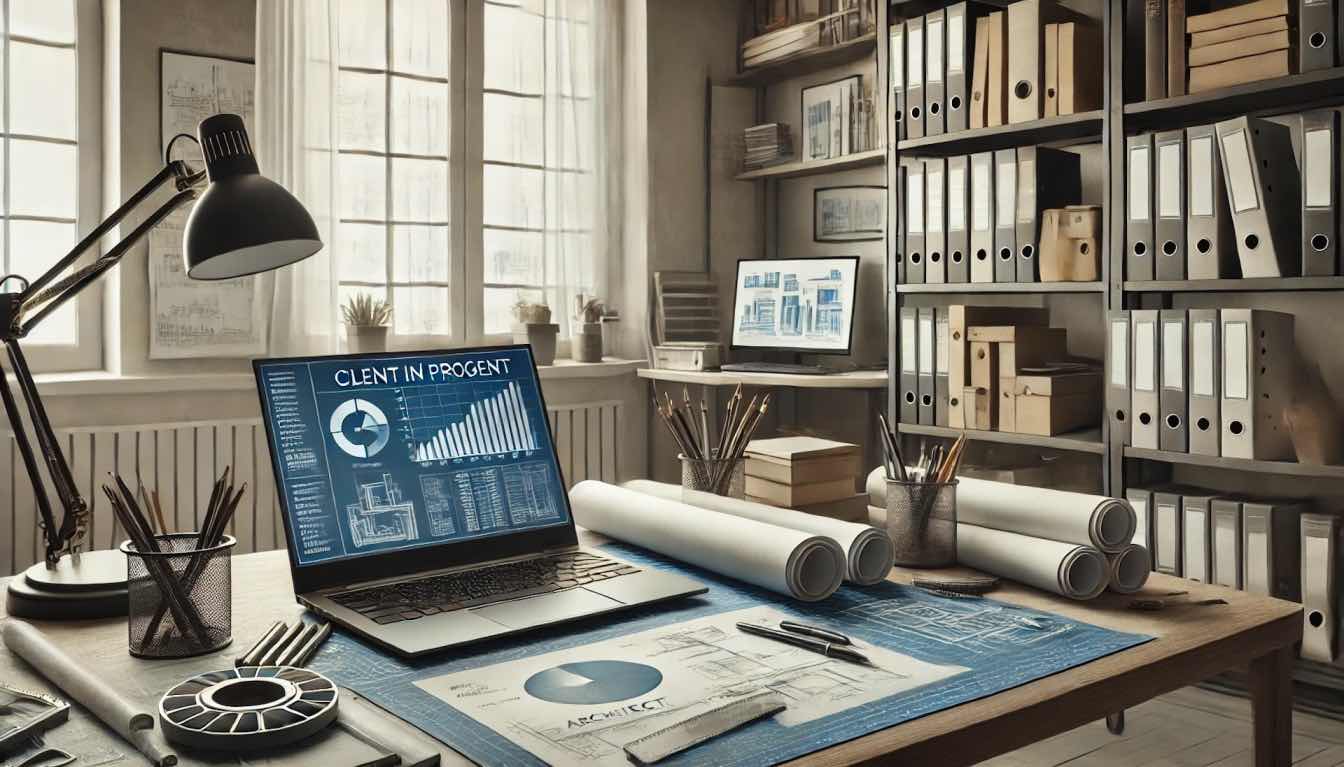Architectural projects involve complex data that needs to be effectively communicated to clients. Clear, concise reporting is key in aligning expectations and ensuring everyone is on the same page throughout the project lifecycle. The goal of data formatting is to make architectural data accessible and understandable, ensuring that clients can fully appreciate both the progress and the technical nuances of their projects.
Photo by Kaboompics.com on Pexels
Effectively formatted data can bridge the gap between intricate technical details and a client's conceptual understanding. By focusing on clarity, consistency, and relevance, you can significantly enhance the client’s experience, providing them with clear insights and confidence in your project delivery.
Understanding the Needs of Your Audience
Not every client has the technical background to understand architectural plans or data-heavy charts. Instead of using industry jargon, simplify your content and adjust it to match their level of expertise. This means turning technical terms into everyday language and providing context for the data that you share.
Tailoring the Message to Different Stakeholders
Some clients may be well-versed in architectural concepts, while others might be entirely new to the field. Identify where your client stands and adjust the report accordingly.
Providing definitions, explanations, or even a visual glossary can help less experienced clients follow along without feeling overwhelmed.
Anticipating Common Questions
Formatting data to preempt common client questions can save time and reduce confusion. Think about what the client will want to know: Does this layout fit their vision? How far along is the project? Will any changes impact their budget or timeline? Answer these questions through clear data presentation to help your clients feel more connected to the process.
Structuring Reports for Maximum Clarity
A logical flow and segmented content make it easier for clients to follow the narrative of the project. Every section of your report should have a clear purpose, from providing status updates to explaining design changes.
Visual aids like diagrams, tables, and annotated drawings can be very effective in communicating architectural information. A well-crafted graph or chart can convey data at a glance, allowing clients to understand cost distributions, timelines, or space utilization more intuitively.
- Make sure your visuals are clearly labeled and match the overall style of your report for a cohesive presentation.
Creating a Narrative Flow
Arrange your data in a narrative that walks the client through each aspect of the project. Start with a summary that explains the main focus, then move into more specific details.
For instance, begin with the project's current status, followed by an explanation of key achievements and upcoming milestones. This structured storytelling makes your report easy to digest, even if the client is not used to reading technical documents.
Choosing the Right Format and Tools
Different tools offer various ways to present information, and choosing the right one ensures that your message is conveyed properly.
PDFs are great for static presentations, ensuring that the report looks the same on every device. On the other hand, interactive spreadsheets can be useful if your client wants to play around with data, especially for financial overviews.
Think about what type of engagement your client prefers, and choose the format that aligns with that preference. Whichever format you choose, consistency is key—make sure headings, font sizes, and labeling are uniform throughout.
Leveraging Software for Automation
Using software to automate parts of the reporting process can save you time and minimize errors. Many architectural firms use tools like Revit or AutoCAD, but for client reporting, consider also utilizing programs that enable better data visualization.
These tools can help transform raw data into easy-to-understand visuals and make updates in real time, ensuring your client always has access to the most current information.
For documentation processes, pdf conversion C# software development kits enable architects to efficiently convert design documents into standardized formats like PDFs. This helps in ensuring that all stakeholders, regardless of the tools they have, can access the information seamlessly. Additionally, these conversion tools can be integrated into automated workflows, minimizing manual effort and reducing errors in data transfer.
Maintaining Consistency and Accuracy
Consistency is crucial for both clarity and professionalism in client reports. When your formatting remains consistent, it makes it easier for clients to follow, regardless of how many iterations they have seen.
Standardizing Styles and Terminology
Maintain a consistent style throughout the report—fonts, sizes, colors, and spacing should all be uniform. This is not only visually appealing but also helps your client stay focused on the content rather than being distracted by changes in format. Establishing a style guide can be helpful, especially when multiple team members contribute to the report.
Checking for Accuracy
Carefully check calculations, cross-reference with project timelines, and ensure that the data accurately reflects the current state of the project. Small mistakes can lead to bigger misunderstandings, so proofreading is essential.
Consider having a peer review process where another team member checks the report for accuracy before sending it to the client.
A clear, accurate, and well-formatted report speaks volumes about your professionalism and dedication. It helps clients feel assured that they’re working with a team that values transparency and precision, ultimately fostering a stronger relationship.
Conclusion
Incorporating strong data formatting techniques into your client reporting can make a significant difference in how your architectural projects are perceived. By focusing on your audience’s needs, structuring your reports thoughtfully, choosing the right tools, and maintaining consistency, you help clients understand the progress and value of your work.
Effective communication becomes an experience where clients feel informed, involved, and confident in every step of the architectural journey.





